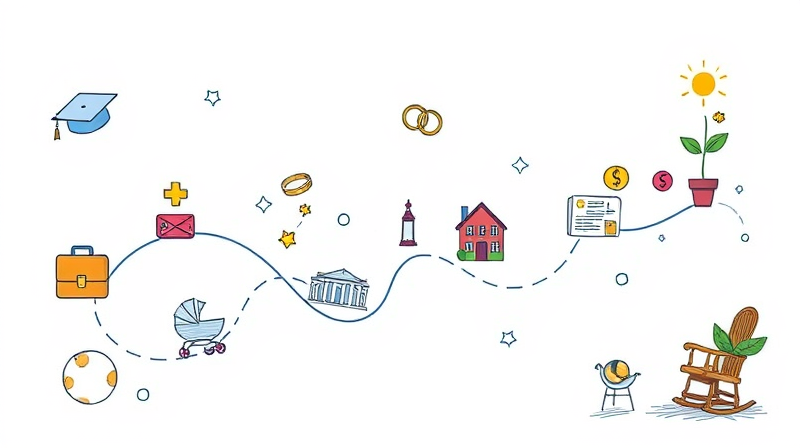
Late payments can haunt your credit report for years, affecting your ability to secure loans, mortgages, or even competitive interest rates. Fortunately, there’s a practical tool at your disposal: the goodwill letter. With careful planning and a respectful approach, you can request removal of negative marks and take a significant step toward improving your financial future.
Below, we explore why late payments matter, how goodwill letters work, and how to craft a compelling request that maximizes your chances of success.
Payment history is the single largest factor in the FICO credit scoring model, accounting for up to 35% of your score. A single late or missed payment can shave off as much as 180 points, especially if the account was in good standing before the incident. Even one late payment can remain on your report for up to seven years, making it harder to qualify for new credit or secure favorable interest rates.
Understanding the stakes can motivate you to take swift action. If you’ve generally been a responsible borrower, a goodwill letter may be the key to restoring your credit health.
A goodwill letter, also known as a forgiveness removal letter, is a formal request to a creditor or lender asking them to remove an accurate negative mark—such as a late payment—as a gesture of goodwill. Unlike a dispute of errors, you’re not claiming the information is incorrect. Instead, you acknowledge the late payment, explain the circumstances, and appeal to the creditor’s willingness to show leniency.
Although creditors are not obliged to honor these requests, many choose to grant them for customers with long-standing positive relationships and otherwise spotless payment histories.
Goodwill letters are most effective under specific conditions. Consider writing one if you meet these criteria:
If you’ve missed multiple payments or are in ongoing financial distress, explore alternatives like hardship programs or financial counseling before drafting a goodwill letter.
Your letter should be concise, respectful, and focused on positive action. Follow this template of essential elements to increase your chances of success:
For example: “At the time of the late payment, I experienced an unexpected medical emergency. Since then, I have enrolled in automatic payments and maintained an on-time record. I respectfully request that this late payment be removed from my credit report as a gesture of goodwill.”
You can send the letter via postal mail, email, or through your creditor’s secure messaging platform. Physical letters often make a stronger impression, but an email can be faster. Address it to the department that handles account disputes or goodwill requests for the best chance of review.
After sending your letter, wait approximately two to four weeks. If you haven’t received a response, follow up with a polite phone call or second letter. Persistence, combined with professionalism, can prompt a reconsideration.
If your goodwill letter is declined, you still have options. You can formally dispute factual errors with credit bureaus, enroll in hardship programs, or seek guidance from a nonprofit credit counseling agency. Remember, there is no one-size-fits-all solution.
Before you send any goodwill request, keep these best practices in mind:
By taking these steps, you demonstrate responsibility and respect—qualities creditors value and often reward.
Goodwill letters are a powerful tool for borrowers seeking to substantially improve their credit after a one-off mistake. While success is not guaranteed, a well-crafted, respectful request—backed by a solid payment history—can encourage creditors to remove negative marks as a show of goodwill.
Armed with this guide, you have all the insights you need to draft an effective letter, send it with confidence, and follow up professionally. Even if your first attempt doesn’t yield immediate results, persistence and a positive track record will serve you well on your journey to full credit restoration.
References













